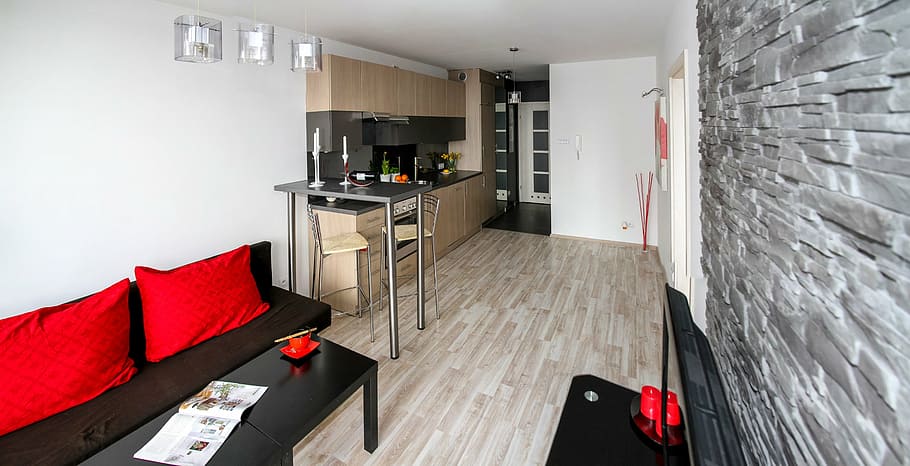A commercial painter’s job is quite self-explanatory as they deal with painting commercial buildings. Suffice the simplicity in their job description.
The work they do is very challenging and strenuous. To excel in this role, one has to have an understanding of the commercial aspect of painting.

Commercial painting isn’t all about the painting job itself; the painter also needs to understand how to create work estimates, the right materials to use, and have the techniques necessary for the perfect results.
As a commercial painter, the duties associated with the job include preparation of surfaces ahead of painting.
This preparatory stage may include commercial paint removal solutions, scraping, and filling of gaps and crevices on the walls before the actual paint job is started.
To become a commercial painter requires a lot of time and attention to detail; try these guys out for more information.
To become a commercial painter, knowing the basics of the work is essential. You need to know what is obtainable from commercial painters and how they differ from residential painters.
You also need to know what sets successful commercial painters apart from others. Learning the basics will also help ensure that you know all the types of commercial paints to use, when to use, recommendations for use, and more.
As part of the basics, you also need to learn how to work with different surfaces to ensure a brilliant outcome. During the training, you will also be required to imbibe some work ethics to help you succeed both as an independent contractor and as an employee.
You will also be required to understand the need for safety measures while on the job. These safety measures may include the erection and use of scaffolds, safety barriers, ladders, and others to access otherwise hard-to-reach areas during projects.
Commercial painting is like every other field that requires you to stay updated with the trends. To that extent, you should be ready to take part in events and training.
The series of training sessions will keep you updated, build on existing knowledge, expose you to new products and techniques, and overall help to keep your customers satisfied.
Read Also:
As a commercial painter, you may decide to start your own business or apply to become an employee. For starters, applying to become an employee offers you a wide range of advantages.
You get to work with a team that is experienced, thus giving you more on-the-job training. While the pay may not be what you expected, it may be the stepping stone that you need to gain real-world experience.
On the other hand, starting your business means that you need to invest some time and money into getting customers. You also need to make sure that customers are satisfied with the outcome of the project.
Keeping customers satisfied is one of the ways you can grow your business. Satisfied customers can call on you for return jobs and can also recommend your services to others.
Weigh the pros and cons of each option carefully before making a decision.
As a commercial painter, the job is far more than mixing paint and splashing it on surfaces. You will be required to be creatively active and agile. You will also be required to handle multiple projects, which consist of existing and new projects.
One of the essential things to incorporate in your business is consultation. Such discussions should be at the start of your communication with the client.
Getting to know what the client wants and how they want it can significantly improve the quality of work done.
For a commercial painter, the immediate goal is to complete as many projects as possible without compromising quality. To do this, installations and fixtures are first protected to avoid a messy job.
The surfaces to be worked on are then prepared. Preparation of these surfaces may include scraping, sanding, and more. After the surface has been prepared, the commercial painter may begin with the addition of primer.
Adding primer significantly improves the outcome and also ensures a longer-lasting paint job. Once the walls are ready, a fresh coat of the desired paint color is then applied to the walls.
Application may be through the use of rollers, brushes, or spray equipment.
Commercial painters may be unable to handle an entire project on their own. It is important to ensure that all team members helping out are experienced and have a good knowledge of safety practices.
Doing this will significantly improve job success while reducing the accident rate.